Cracks in the Kiln – The Geopolitical Heat on Russian Ceramics
The global geopolitical landscape has shifted dramatically in recent years, with international sanctions becoming a primary tool of economic pressure. While headlines often focus on energy, finance, and defense, the ripple effects extend far and wide, impacting seemingly niche yet globally significant sectors. One such industry feeling the intense heat is Russia’s porcelain and slab ceramic sector. Once a burgeoning market with ambitious growth plans, this industry now faces unprecedented challenges as sanctions disrupt supply chains, restrict access to technology, and reshape market dynamics. For businesses, investors, and stakeholders within and outside Russia, understanding these impacts and the strategies for mitigation is paramount. This comprehensive article delves deep into how international sanctions are cracking the foundations of Russia’s ceramic industry, exploring the multifaceted challenges and the innovative countermeasures being deployed to navigate this new, complex reality. From raw material procurement to export markets, from technological advancements to investment flows, we will uncover the intricate web of consequences and the strategic responses that define this critical period for Russian porcelain and slab ceramics.
The Foundation of an Industry: Russia’s Porcelain and Slab Ceramic Landscape Pre-Sanctions
Before delving into the impact of sanctions, it’s essential to understand the pre-existing structure and strengths of Russia’s porcelain and slab ceramic industry. Russia possesses significant natural resources crucial for ceramic production, including various types of clay, feldspar, and quartz. This natural endowment, coupled with a growing domestic construction market, fueled substantial investment in the sector over the past two decades.
Russian manufacturers had been increasingly investing in modern production lines, often acquiring state-of-the-art machinery from European and Asian suppliers. This led to an improvement in product quality, allowing Russian porcelain and slab ceramics to compete more effectively in both domestic and international markets. The industry was characterized by a mix of large, established players and smaller, agile enterprises, catering to diverse segments from residential housing to commercial projects and public infrastructure. Key product categories included ceramic tiles (floor and wall), porcelain stoneware, and large-format slab ceramics, which were gaining popularity for their aesthetic appeal and versatility in architectural applications. Exports, while not dominating the global market, were growing, particularly to CIS countries and some parts of Europe and Asia. The industry’s reliance on imported glazes, pigments, specialized machinery parts, and some advanced processing technologies, however, represented a latent vulnerability that would soon be exposed.
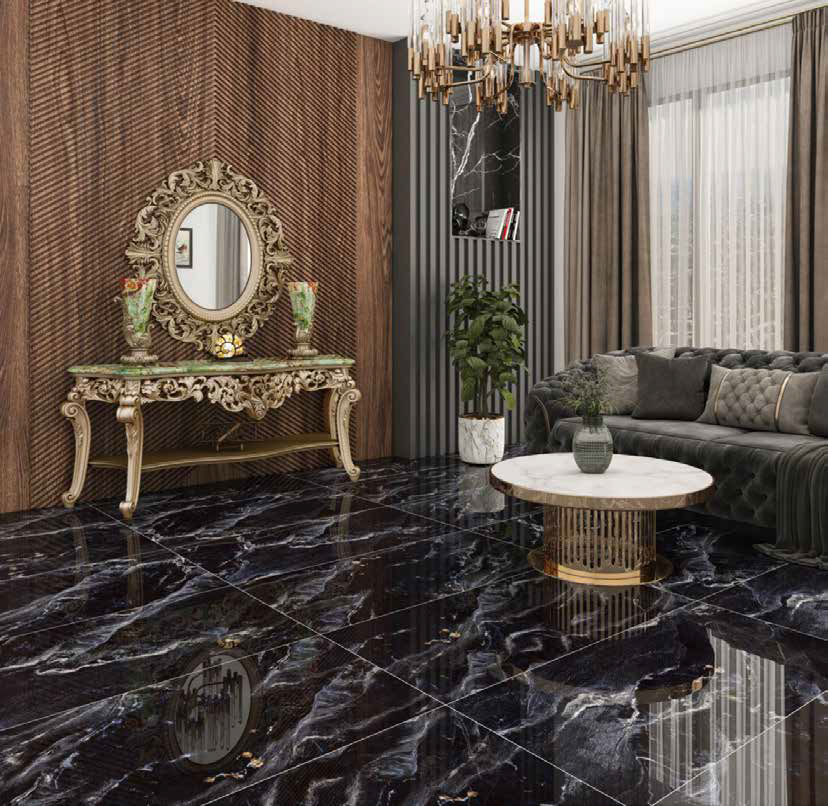
The Sanctions Hammer: Direct and Indirect Impacts on Russian Ceramics
International sanctions against Russia, primarily imposed by Western nations and their allies, have manifested in various forms, each striking a different chord within the porcelain and slab ceramic industry.
Supply Chain Disruptions: A Maze of Missing Materials and Components
Perhaps the most immediate and profound impact has been on supply chains. The production of high-quality porcelain and slab ceramics relies on a complex global network of raw materials, intermediate products, and specialized components.
- Raw Material Access: While Russia is rich in basic ceramic raw materials, specialized clays, high-purity feldspar, zircon, and certain chemical additives for glazes and body formulations were often sourced from international suppliers. Sanctions and related logistics challenges have made it difficult, if not impossible, to procure these essential materials from traditional sources. This forces Russian manufacturers to seek alternative suppliers, often at higher costs and with inconsistent quality, or to develop domestic substitutes, a process that requires significant time and investment in R&D. The unavailability of specific pigments and glazes, for example, can severely limit the aesthetic range and technical performance of finished products, impacting market appeal.
- Machinery and Spare Parts: Modern ceramic production lines are highly automated and rely on sophisticated machinery from manufacturers in Italy, Spain, Germany, and China. Sanctions have restricted the sale of new equipment to Russia. Even more critically, the supply of spare parts for existing machinery has become a major headache. Breakdowns and routine maintenance often require specialized components, which are now either unavailable or extremely difficult to source. This leads to increased downtime, reduced production capacity, and accelerated wear and tear on existing equipment, potentially shortening its operational lifespan. Without access to cutting-edge machinery, Russian manufacturers risk falling behind in terms of efficiency, product innovation, and quality standards compared to global competitors.
- Logistics and Shipping: Sanctions have significantly complicated international shipping and logistics. Many shipping companies have ceased operations to and from Russian ports, and insurance costs for shipments involving Russia have skyrocketed. This has made both the import of necessary inputs and the export of finished products more expensive, time-consuming, and less reliable. Rerouting through third countries adds layers of bureaucracy and cost, effectively increasing the “landed cost” of both inbound and outbound goods.
Financial Restrictions: Draining the Investment and Transaction Channels
Sanctions on Russian banks and financial institutions have created significant hurdles for the ceramic industry.
- Payment Difficulties: International transactions have become arduous. Many Russian banks are cut off from SWIFT, making it challenging for companies to pay international suppliers or receive payments from foreign buyers. This forces reliance on alternative payment systems, often involving currencies of non-sanctioning countries or less conventional financial channels, which can be slower, riskier, and more expensive.
- Access to Capital: Russian ceramic companies, particularly those with international aspirations, often relied on foreign direct investment or loans from international banks for expansion and modernization. Sanctions have largely dried up these sources of capital, making it difficult for companies to fund new projects, upgrade facilities, or invest in R&D to address supply chain gaps. Domestic capital markets may not be deep enough or offer sufficiently attractive terms to compensate for this loss.
Technological Isolation: A Stifled Path to Innovation
The ceramic industry is not static; it constantly evolves with new technologies in firing, pressing, glazing, and digital printing.
- Software and Licensing: Many modern ceramic production processes rely on specialized software for design, process control, and quality assurance. Sanctions can restrict access to updates, technical support, and new licenses for this software, potentially leading to operational inefficiencies or compatibility issues over time.
- Knowledge Transfer and R&D Collaboration: International conferences, trade shows, and collaborations with foreign research institutions were vital for the transfer of knowledge and technological advancements. Sanctions have severely limited these interactions, potentially isolating Russian ceramic manufacturers from the latest global innovations and best practices. This technological isolation can hamper their ability to develop new products, improve existing ones, or adopt more sustainable production methods.
Market Access and Demand: Shifting Sands and Shrinking Horizons
The impact extends beyond production to the very markets where Russian ceramics are sold.
- Export Market Contraction: Many traditional export markets, particularly in Europe and North America, have either imposed direct import bans on certain Russian goods or seen a significant decline in demand due to reputational risks and consumer boycotts. This forces Russian producers to pivot to new markets, primarily in Asia, the Middle East, and some African countries, which often have different quality standards, design preferences, and price sensitivities. Establishing new export channels requires considerable investment in market research, sales infrastructure, and logistics.
- Domestic Market Dynamics: While the domestic market might seem like a safe haven, it too is affected by the broader economic downturn caused by sanctions. Reduced purchasing power, decreased construction activity (due to higher interest rates, reduced investment, and uncertainty), and shifts in consumer confidence can all lead to a contraction in domestic demand for ceramic products. Furthermore, the availability and cost of imported ceramic products from non-sanctioning countries can influence competitive dynamics within Russia.
Countermeasures and Adaptation: Russian Ceramics’ Resilience Strategies
Facing these formidable challenges, the Russian porcelain and slab ceramic industry is not standing still. Manufacturers are implementing a range of strategic countermeasures to mitigate the impact of sanctions and ensure their long-term viability.
Re-routing Supply Chains: Diversification and Localization
The most immediate focus has been on restructuring supply chains.
- Seeking New Suppliers: Russian companies are actively scouting for alternative suppliers of raw materials, glazes, pigments, and spare parts in “friendly” countries, primarily China, India, Turkey, and other Asian and Middle Eastern nations. This involves extensive due diligence to ensure quality and reliability, and often requires adjusting formulations to accommodate different material properties.
- Import Substitution and Localization: There’s a strong push towards developing domestic production of previously imported inputs. This includes investing in local mining operations for specialized clays and minerals, establishing facilities for producing advanced glazes and pigments, and even exploring the localized manufacturing of some machinery components. This is a capital-intensive and time-consuming process, but it aims to reduce long-term dependency on foreign suppliers. Government support through subsidies or favorable loans for import substitution projects is often a key enabler.
- Parallel Imports and Gray Market Channels: In some instances, companies are resorting to “parallel imports” (importing goods through third countries without the original manufacturer’s explicit consent) or utilizing more complex gray market channels to procure essential components or technologies. While these methods carry legal and reputational risks, they offer a temporary lifeline for critical inputs.
Financial Maneuvers: Adapting to the New Global Payment Landscape
Financial strategies are evolving to circumvent restrictions.
- Alternative Payment Systems: Russian companies are increasingly relying on payment systems outside SWIFT, such as Russia’s SPFS, China’s CIPS, or direct bilateral agreements with foreign banks in non-sanctioning countries. Transactions are increasingly being conducted in national currencies (e.g., rubles, yuan, Indian rupees) rather than US dollars or euros.
- Domestic Capital Mobilization: With foreign investment drying up, the focus is on mobilizing domestic capital. This includes government-backed loans, state-owned bank financing, and encouraging private Russian investors to support the ceramic sector. Mergers and acquisitions within Russia might also increase as companies consolidate resources and expertise.
Technological Self-Sufficiency: Fostering Domestic Innovation
To counter technological isolation, there’s a renewed emphasis on domestic R&D and engineering capabilities.
- In-house R&D: Companies are investing more in their own research and development departments to create new glaze formulations, optimize body compositions using available raw materials, and even design and manufacture simpler machinery parts.
- Collaboration with “Friendly” Nations: While Western technological collaboration is limited, partnerships with research institutions and technology providers in countries like China are becoming more prevalent. This could involve joint ventures, technology licensing, or collaborative research projects aimed at developing new ceramic technologies.
- Reverse Engineering: In some cases, companies may resort to reverse engineering critical imported components or software to produce local versions, though this presents its own set of technical and legal challenges.
Market Reorientation: Pivoting to New Horizons
The export strategy has undergone a significant overhaul.
- Focus on Non-Western Markets: The primary focus for exports has shifted decisively towards countries in Asia (e.g., China, India, Vietnam), the Middle East (e.g., UAE, Saudi Arabia, Iran), Africa, and Latin America. This requires significant effort in market analysis, establishing new distribution networks, adapting product designs and specifications to local tastes and standards, and building relationships with new buyers.
- Strengthening Domestic Demand: Amidst the export challenges, bolstering domestic demand is crucial. This involves working closely with Russian construction companies and developers, participating in government-backed infrastructure projects, and adapting product offerings to suit evolving domestic consumer preferences and purchasing power. Marketing efforts are increasingly focused on highlighting the quality and competitiveness of domestically produced ceramics.
Government Support and Strategic Planning
The Russian government plays a pivotal role in supporting the industry through the sanction period.
- Subsidies and Incentives: Various government programs offer subsidies for import substitution projects, preferential loans for modernization, and tax breaks for companies investing in domestic production of critical inputs.
- Trade Missions and Bilateral Agreements: The government actively facilitates trade missions and secures bilateral agreements with non-sanctioning countries to open new markets and secure supply channels for essential goods.
- Regulatory Adaptation: Adjustments to customs regulations, import/export procedures, and technical standards may also be made to streamline operations and facilitate trade with new partners.
Case Studies and Examples: Real-World Responses
While specific company names might be sensitive, general examples illustrate these strategies:
- A major porcelain tile manufacturer that previously relied on Italian glazes and German pressing machines has now diversified its glaze suppliers to include Chinese and Turkish chemical companies, while also investing in an in-house R&D unit to develop proprietary glaze formulations using locally available minerals. For spare parts, they’ve established a dedicated engineering department focused on machining replacements or finding alternative suppliers in Asia.
- A large-format slab producer that historically exported primarily to European markets has significantly ramped up its sales efforts in the Middle East, opening new showrooms and participating in regional trade fairs. They’ve also begun accepting payments in currencies like the UAE Dirham and Chinese Yuan.
- Several smaller ceramic producers are pooling resources to collectively source raw materials or invest in shared R&D facilities, leveraging government grants for collaborative import substitution projects. This reduces individual company risk and maximizes resource utilization.
The Long-Term Outlook: Resilience, Innovation, and Reorientation
The impact of international sanctions on Russia’s porcelain and slab ceramic industry is profound and multifaceted. It has forced a rapid and often painful re-evaluation of established business models, supply chains, and market strategies. The immediate future will likely see continued challenges related to securing high-quality inputs, maintaining technological parity, and navigating complex financial and logistical landscapes.
However, the industry’s response highlights a significant degree of resilience and adaptability. The push towards import substitution, diversification of suppliers and markets, and a renewed focus on domestic innovation could, in the long run, lead to a more self-sufficient and diversified Russian ceramic sector. While this might come at the cost of higher initial investment and potentially a temporary slowdown in growth or a shift in product aesthetics, it could also foster the development of unique Russian ceramic technologies and product lines.
The “Porcelain Iron Curtain” is not hermetic; companies are finding ways to navigate it, albeit with increased effort and cost. The industry’s trajectory will largely depend on the duration and evolution of sanctions, the effectiveness of governmental support measures, and the continued ingenuity and strategic agility of Russian ceramic manufacturers in adapting to a permanently altered global economic landscape. The world of ceramics, much like the broader geopolitical stage, is undergoing a significant reordering, and Russia’s industry is actively shaping its place within this evolving order.
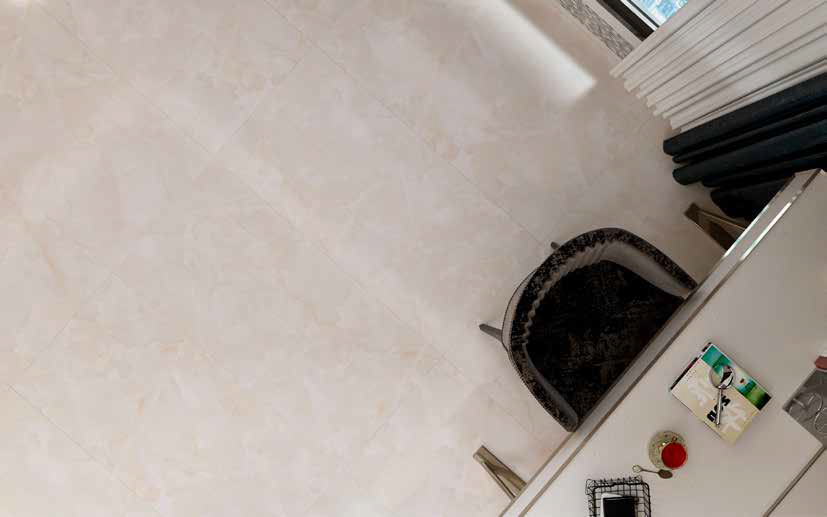
Conclusion: Forging a New Path in a Fractured World
The international sanctions imposed on Russia have undeniably cast a long shadow over its porcelain and slab ceramic industry, creating significant disruptions across every facet of the business. From grappling with fragmented supply chains for essential raw materials and crucial machinery parts to navigating a labyrinth of financial restrictions and facing shrinking traditional export markets, Russian manufacturers have been forced into an unprecedented period of adaptation. The once smooth flow of international trade and technological exchange has been replaced by a complex network of alternative routes, new partnerships, and intense domestic innovation.
However, as explored throughout this article, the response has been one of remarkable resilience and strategic recalibration. The industry is actively pursuing aggressive import substitution, diligently diversifying its global supplier base, and forging new trade relationships with non-sanctioning nations. Moreover, there’s a strong emphasis on fostering domestic technological capabilities and leveraging internal R&D to overcome the challenges of isolation. While the path ahead remains arduous and fraught with uncertainty, these strategic countermeasures are laying the groundwork for a potentially more self-reliant and regionally focused ceramic sector in Russia. The ultimate outcome will depend on the sustained commitment to these strategies, the evolving geopolitical climate, and the industry’s continued capacity for innovation and adaptation. The “Porcelain Iron Curtain” may have altered the landscape, but Russian ceramic manufacturers are actively working to forge new paths and ensure their presence in the global market, albeit one that is increasingly shaped by geopolitical realities.
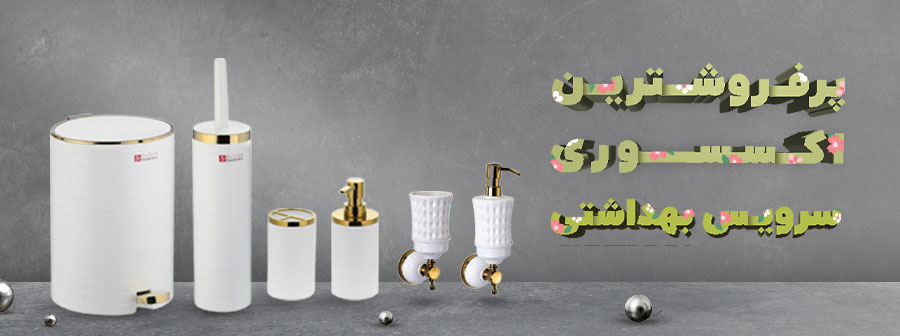
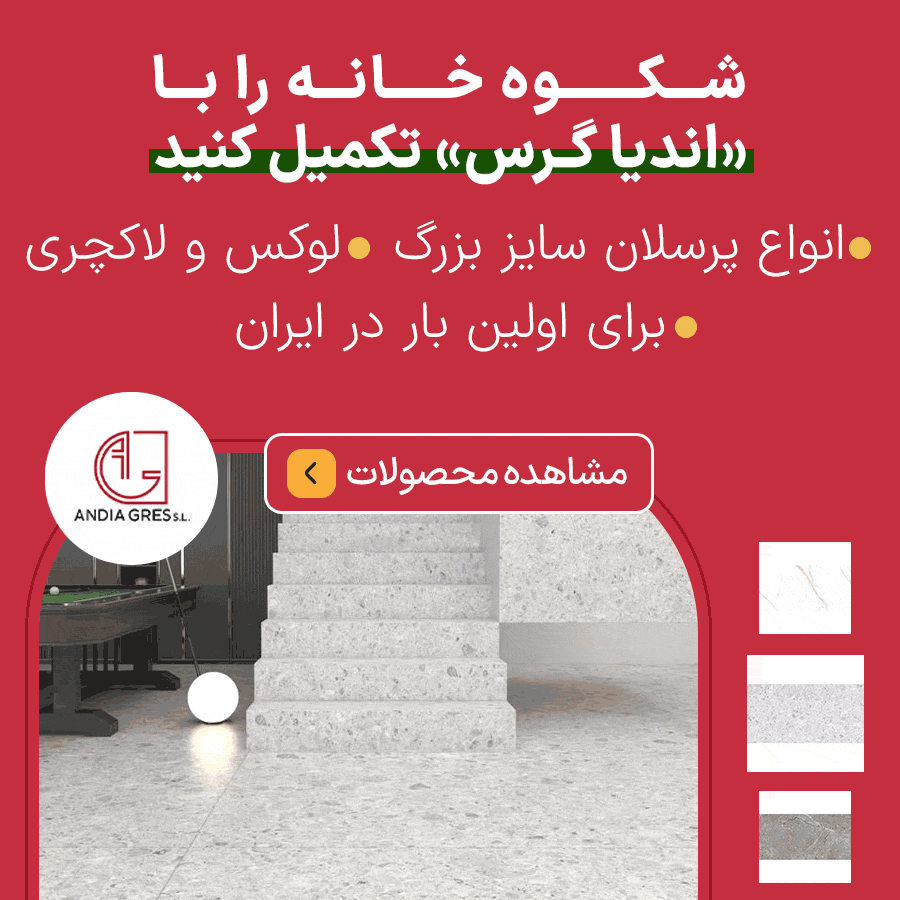

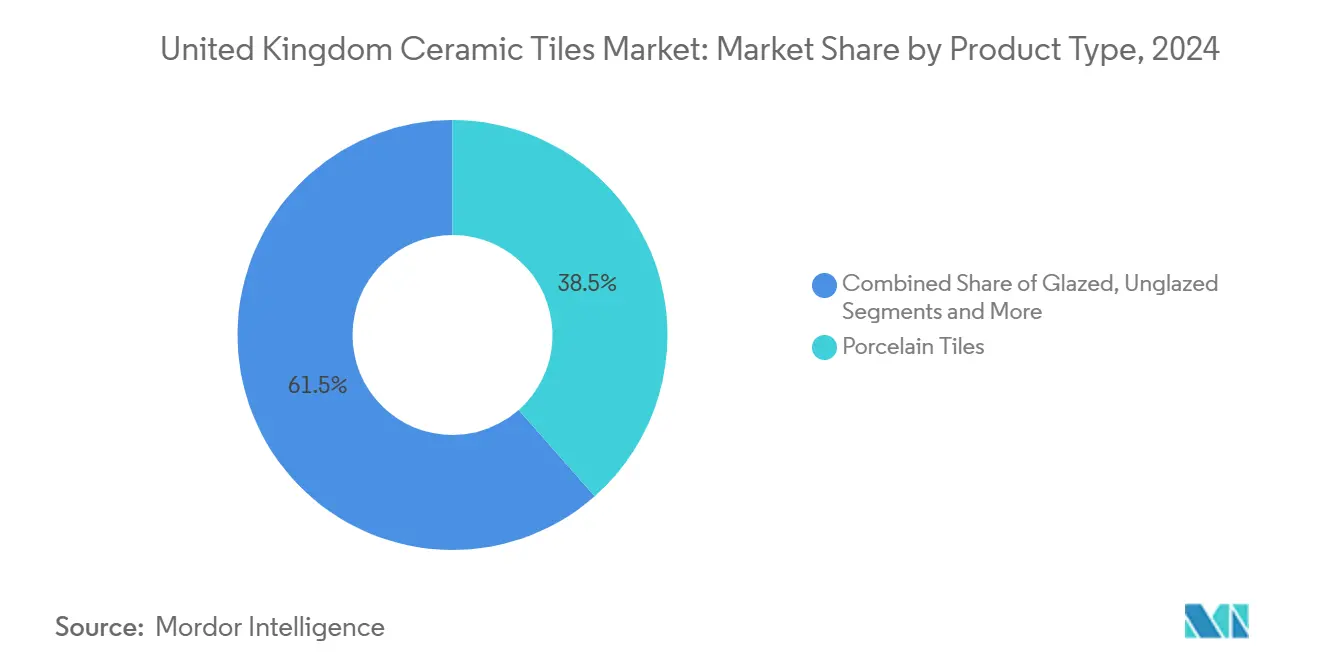
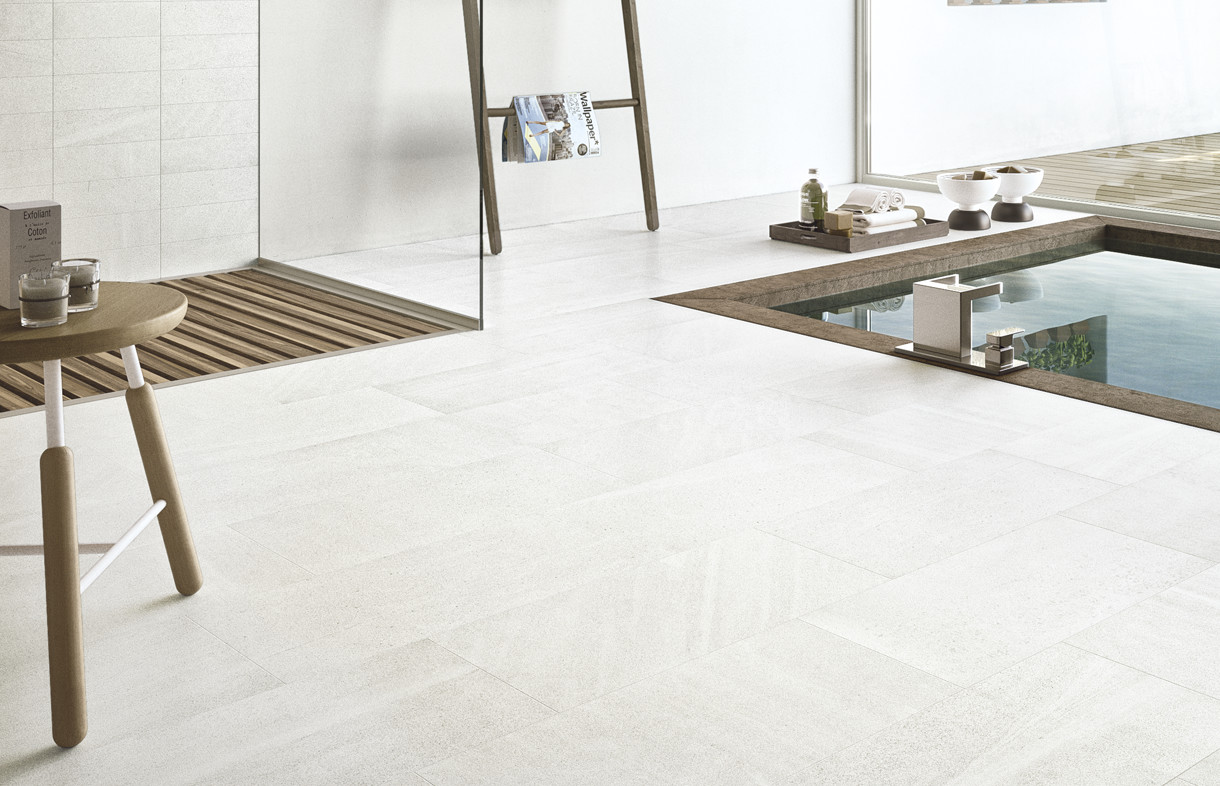


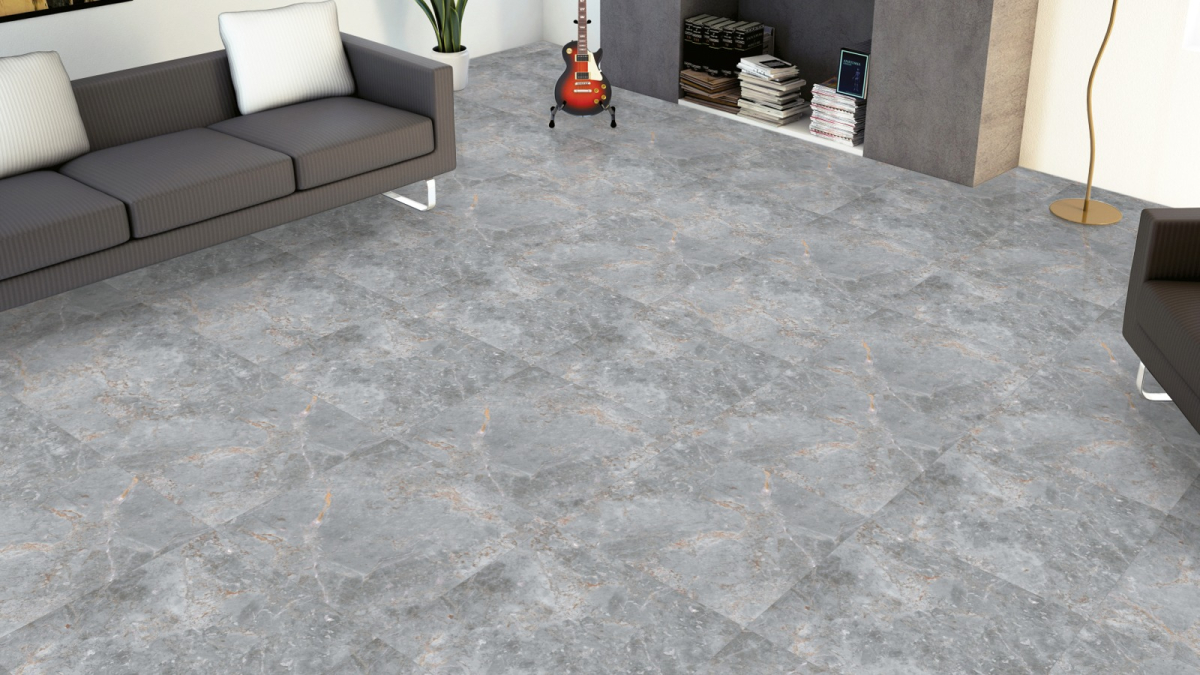
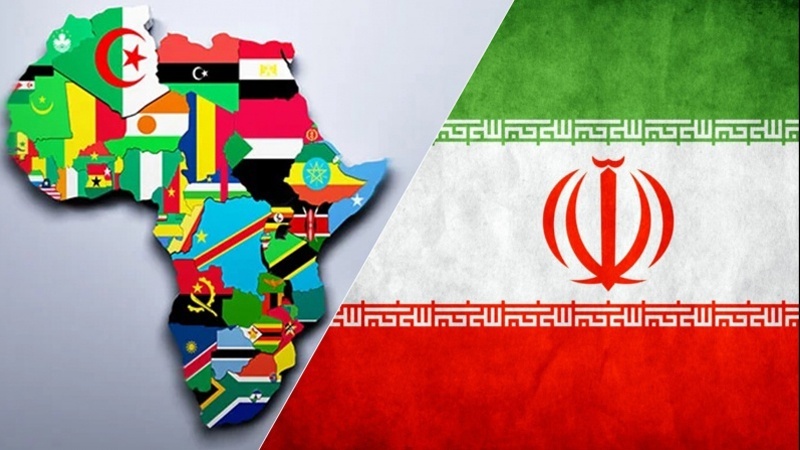
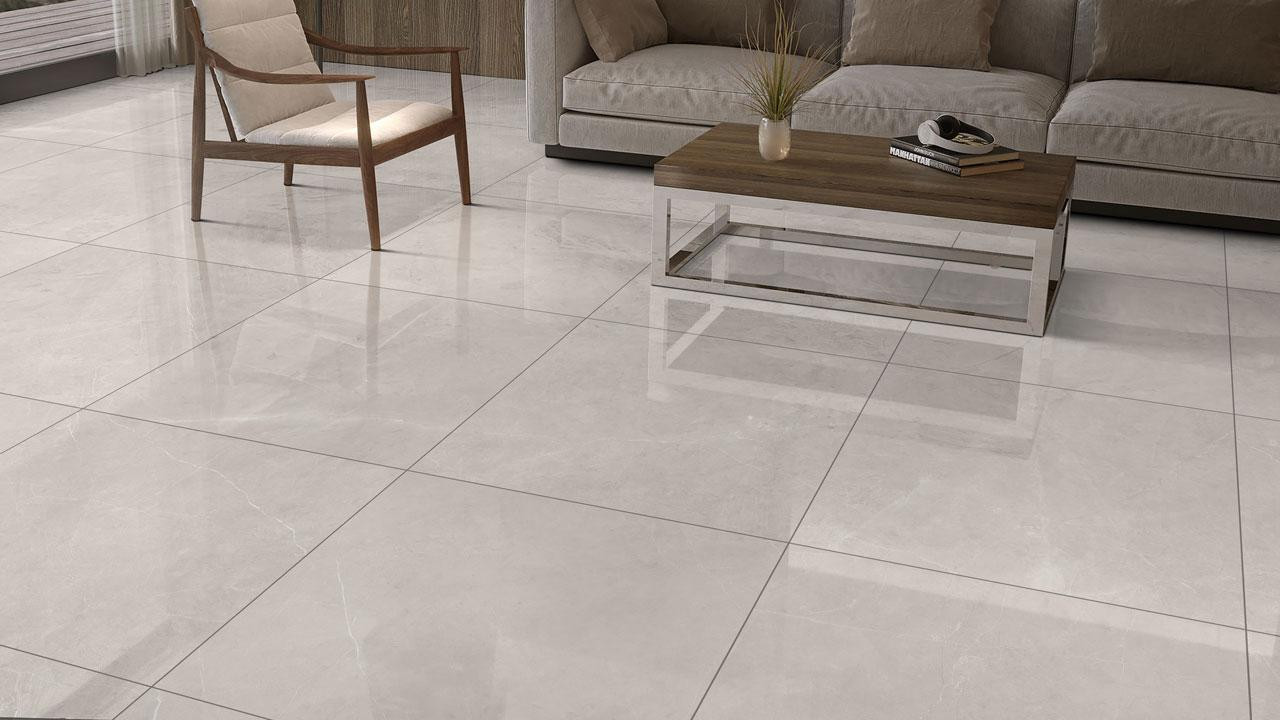

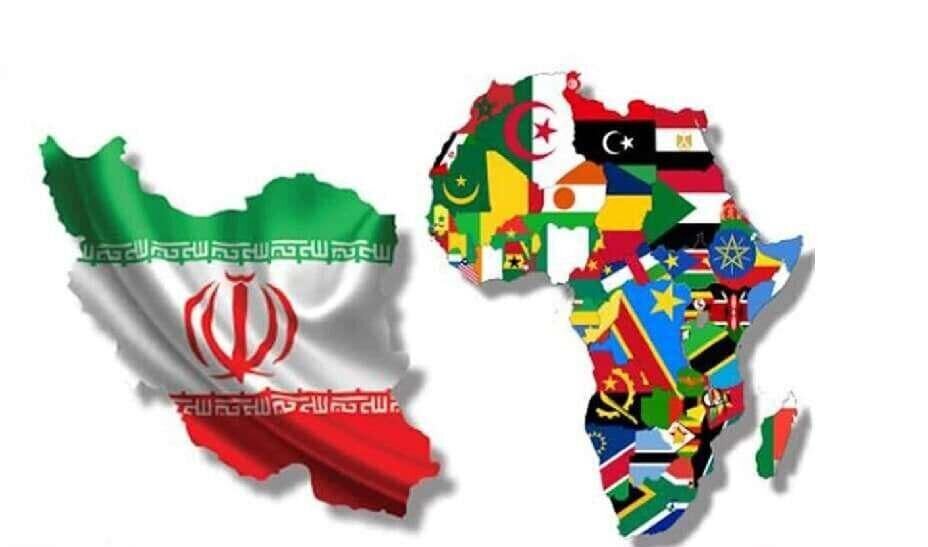
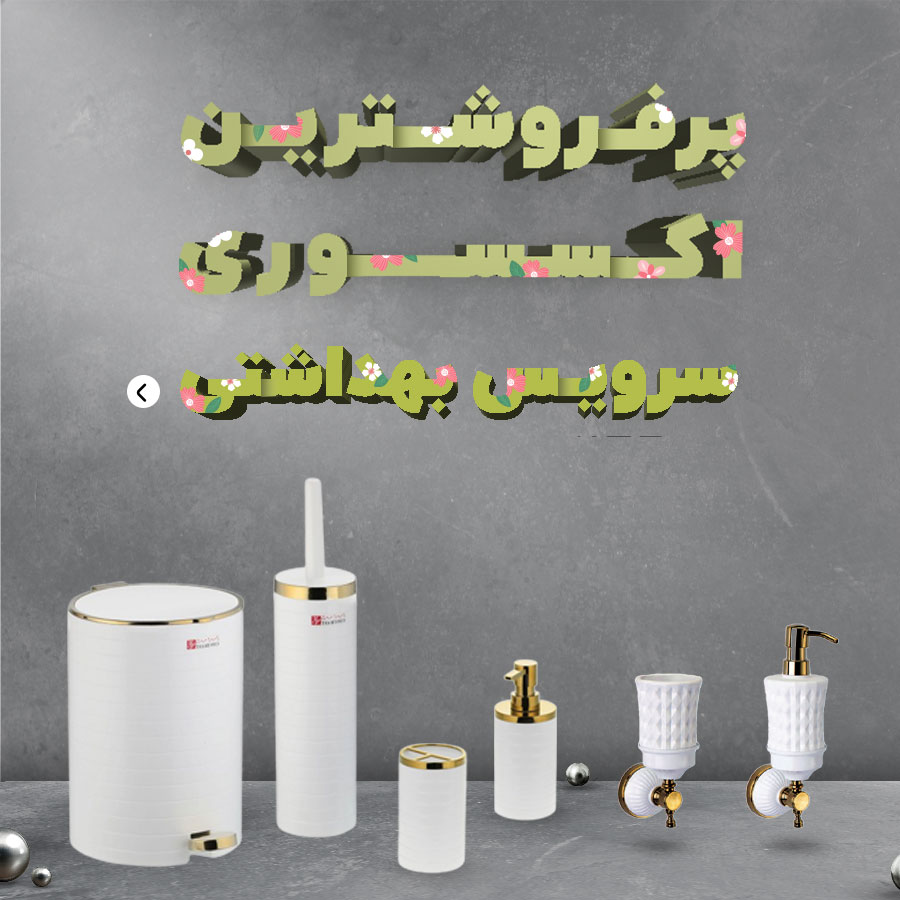

نظرات ۰